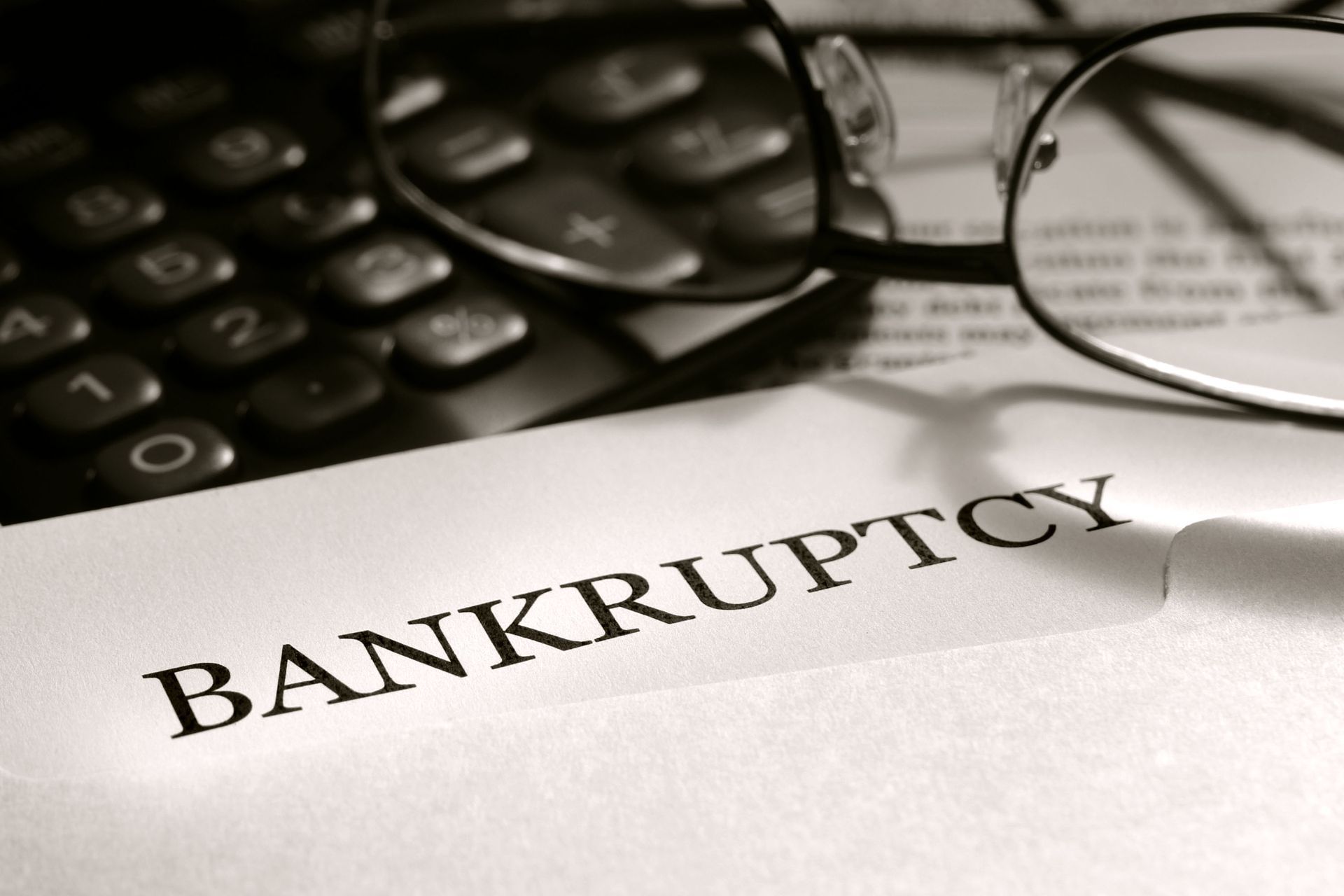July 2, 2025
Navigating through a healthcare facility's merger or closure is challenging for patients, staff, and the community. When a healthcare facility files for bankruptcy, the impact can be deep and wide-ranging, touching everything from patient care to staff employment. This process is complex and raises many questions about how healthcare services will continue and the future of the facility itself. In many cases, understanding bankruptcy law is essential for grasping the rights and responsibilities of both the facility and its stakeholders.
Managing the Disruptions in Patient Care
One immediate concern when a healthcare facility files for bankruptcy is the potential disruption in patient care. During a bankruptcy filing, the facility may continue to operate, albeit under financial constraints, to maintain patient services and safety. Although it's reassuring that services will likely not shut down overnight, there could be a reduction in staff, a delay in non-urgent procedures, or limited access to specialized care. Patients may need to find alternate facilities if services become unavailable. In such scenarios, bankruptcy law often guides how essential services must be prioritized to protect patient welfare.
Assessing the Effects on Healthcare Employees
For employees, the bankruptcy of their workplace can create considerable uncertainty regarding job security and future employment. Employees may face pay cuts, reduced hours, or layoffs. Furthermore, staffing shortages and budget cuts may increase workloads for the remaining staff, potentially impacting their morale and the quality of patient care. This scenario is not uncommon. According to Reuters, healthcare companies of all kinds filed for bankruptcy in 2024, including hospital chains, nursing homes, and medical device manufacturers. Such statistics underline the broad vulnerability within the healthcare sector and highlight the growing importance of understanding how bankruptcy law applies in the healthcare industry.
Understanding the Consequences for the Community
On a broader scale, the closure or downsizing of a healthcare facility can adversely affect the local community. Residents may lose access to essential medical services and face longer travel times to the nearest healthcare provider. Additionally, the local economy might suffer due to job losses and the loss of business that the facility once drew into the area.
While a healthcare facility's bankruptcy can be daunting, understanding the process will help you navigate the potential changes it brings. Facilities often attempt to reorganize and continue operations, ensuring that patient care remains a priority. If you need legal guidance during this uncertain time, contact the Law Offices of Rex J Roldan PC for experienced support and advice.





